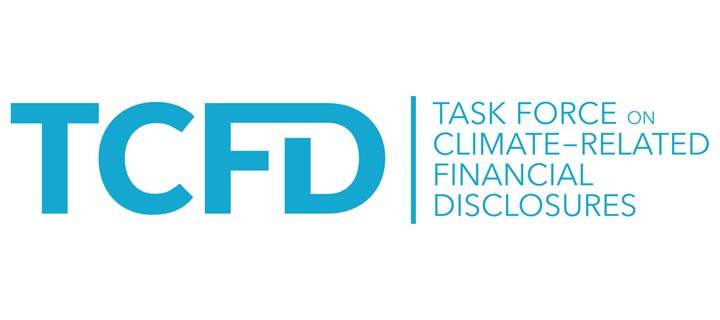Q&A: Aligning the TCFD and Transition Plan Guidance
In the last few years we have seen a significant increase in the number of nations and companies committing to net zero targets. There has become a growing demand for decision-useful information on the plans for achieving such targets, including the associated climate-related metrics. In response, the Task Force on Climate-related Financial Disclosures (TCFD)1 published Guidance on Metrics, Targets, and Transition Plans to help reinforce and clarify its existing guidance in this area.
We recently spoke with Stacy Coleman, a member of the TCFD Secretariat, about how the TCFD's recommendations can support organizations in developing their transition plan.
Q. How do transition plans fit into the TCFD recommendations?
A. The TCFD views a company’s transition plan as one component of its strategy to address climate-related risks and opportunities and believes our recommendations – especially the Strategy recommendation and related guidance – implicitly cover the key aspects of transition plans that should be disclosed. Given the increasing focus on transition plans, the TCFD decided explicit guidance would be useful and so published its Guidance on Metrics, Targets, and Transition Plans in 2021.
Q. Does the TCFD guidance help companies develop and disclose a transition plan?
A. The primary purpose of the TCFD guidance is to support companies and other organizations disclose more effective climate-related financial information through their existing reporting processes (eg in annual financial filings or other official company reports subject to similar governance practices).
Importantly, the TCFD recognizes transition plans may include a wide range of information, all of which may not be appropriate to include in financial filings or other official corporate reports. As such, the guidance encourages companies to disclose key information from their transition plans as part of their disclosure of climate-related financial information, which includes the following:
- Current GHG emissions performance
- Impact on businesses, strategy and financial planning from a low-carbon or net-zero transition
- The actions and activities that support the transition plan, including greenhouse gas (GHG) emissions reduction targets (including dates, scope and coverage) and planned changes to businesses and strategy
Companies should also consider describing the assumptions, uncertainties and key methodologies associated with their transition plans.
The guidance also provides information on the characteristics of effective transition plans and lays out key elements of transition plans, such as they must be actionable, credible and periodically reviewed and updated. These are within the context of the four TCFD recommendations, which may be helpful to organizations that are considering developing a transition plan.
Q. Who should disclose key information from their transition plans?
A. In the guidance, the TCFD indicates companies and other organizations that have made GHG emissions reduction commitments, operate in jurisdictions that have made such commitments, or have agreed to meet investor expectations regarding GHG emissions reductions should describe their plans for transitioning to a low-carbon or net-zero economy.
Q. How does your existing guidance complement other guidance on transition plans currently
A. The TCFD’s guidance on transition plans is specifically focused on helping companies and other organizations implementing the TCFD recommendations better understand how transition plans fit within the TCFD framework and the key types of transition plan information to include in their disclosure of climate-related financial information.
In developing guidance, the TCFD referred to several other organizations’ resources that may be useful to those developing transition plans, including the following:
- Climate Action 100+, Climate Action 100+ Net-Zero Company Benchmark Indicators, March 2021;
- SBTi, Science-Based Target Setting Manual, Version 4.1, April 2020;
- SBTi, Foundations for Science-Based Net Zero Target Setting in the Corporate Sector, Version 1.0, September 2020;
- SBTi, Financial Sector Science-Based Targets Guidance, Pilot Version 1.1, April 2021; and
- United Nations Framework Convention on Climate Change’s Race to Zero Expert Peer Review Group, Interpretation Guide, Version 1.0, April 2021.
In November 2022, the Transition Plan Taskforce (TPT) also released a technical annex that details the alignment and additionality of the TPT disclosure framework to the TCFD recommendations.
For further information on real-life examples of TCFD implementation within both the real economy and finance sector, a selection of A4S resources, including guidance, top tips and case studies, can be found here.



